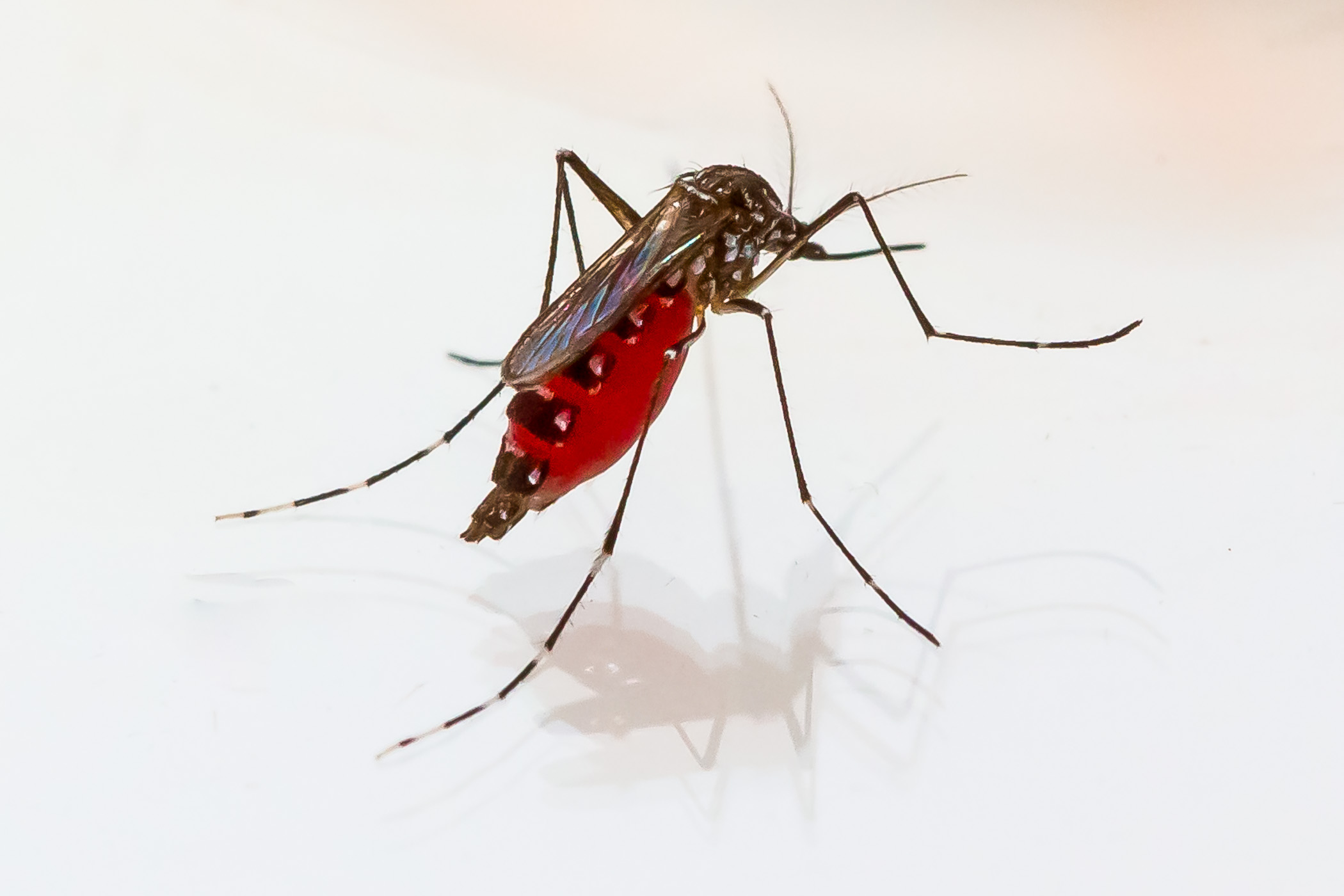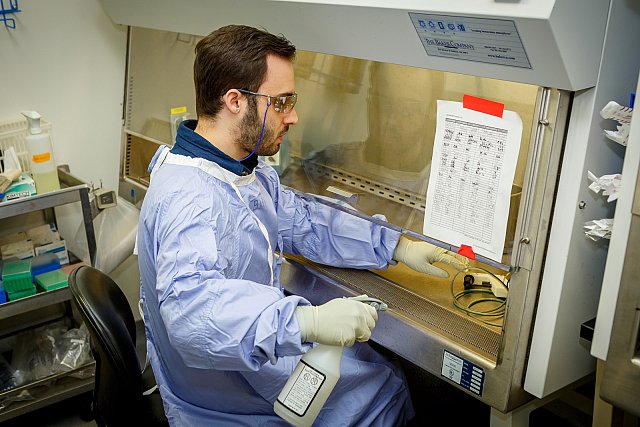Arbovirology Facilities

The insectary is a 5000 square foot facility that houses multiple Culex and Aedes spp. mosquitoes, among others. It contains 5 programmable, environmentally controlled rooms, multiple free-standing chambers, dissecting microscopes and extensive manipulation equipment that allows for the rearing and study of vectors under differing environmental conditions. The insectary consists of biosafety level (BSL) 2 and BSL-3 laboratories to allow for mosquito infection experiments with a wide host of arboviruses. The facility allows for the study of mosquito-borne diseases in their natural vectors in a rigorously controlled environment.

Our BSL-3 laboratory allows for the safe handling of Eastern Equine Encephalitis virus and West Nile virus along with over 40 other arboviruses. We have the capabilities to isolate and identify all naturally occurring viruses in New York State to be utilized in research and diagnostic testing. Utilizing an automated liquid handing robot, we can extract RNA from up to 96 specimens at a time without the risk of cross contamination. These viruses can either be identified by one of our multiplex real-time polymerase chain reaction assays or be sent to the Advanced Genomic Technologies Cluster at the Wadsworth Center for sequencing. The capacity was greater than 210 pools of mosquitoes tested per day during our summer mosquito surveillance season. In 2015 capacity increased as additional equipment was added to the workflow.
Accredited Animal Care Space is located within our BSL-2 and BSL-3 laboratories. This space allows for experimental infection of either wild-caught birds, chicks hatched on-site in our hatchery, or mammals. Infections can be done either by needle inoculation or mosquito feeding, and subsequent experimentation can be completed to assess virulence, pathogenesis and viral kinetics or fitness.

